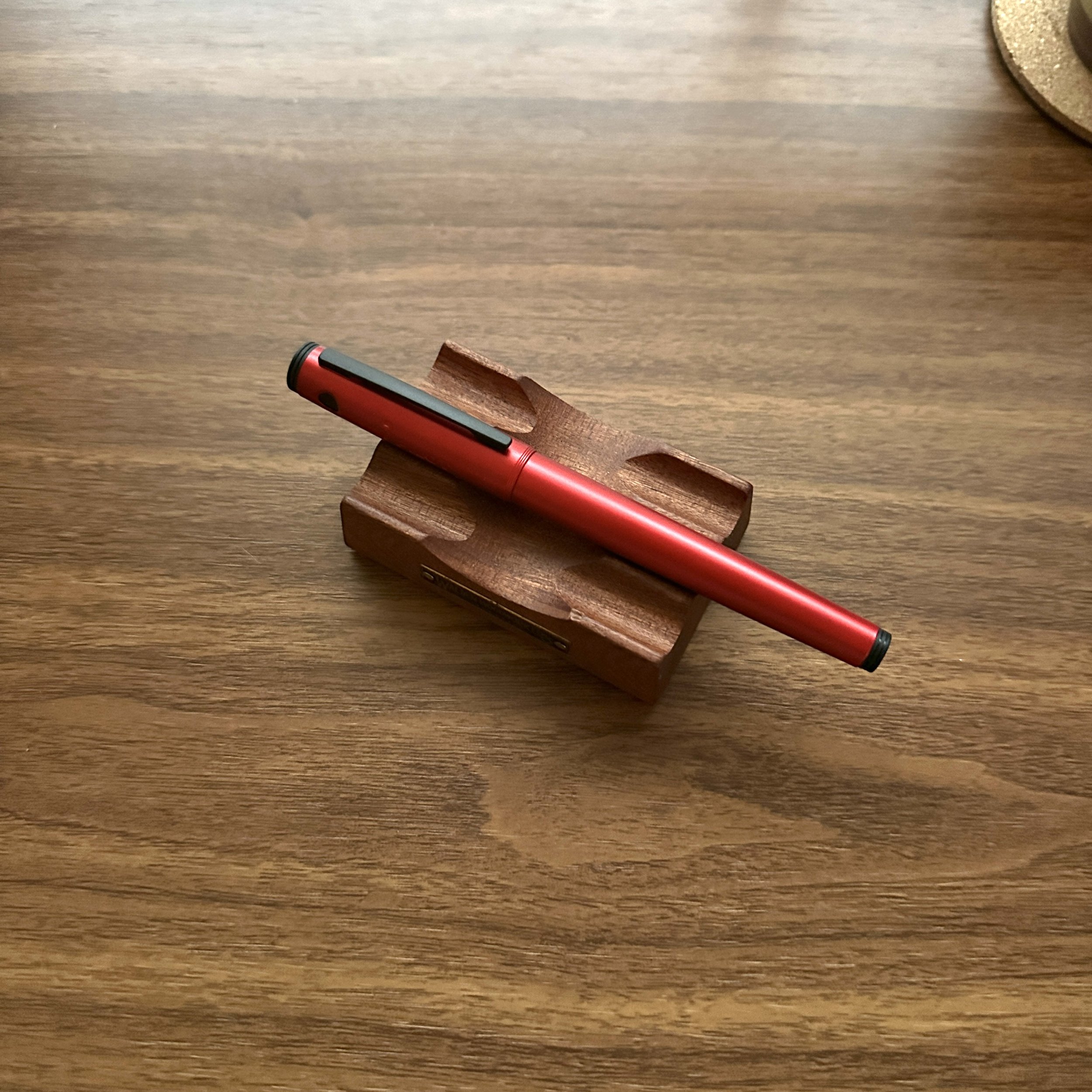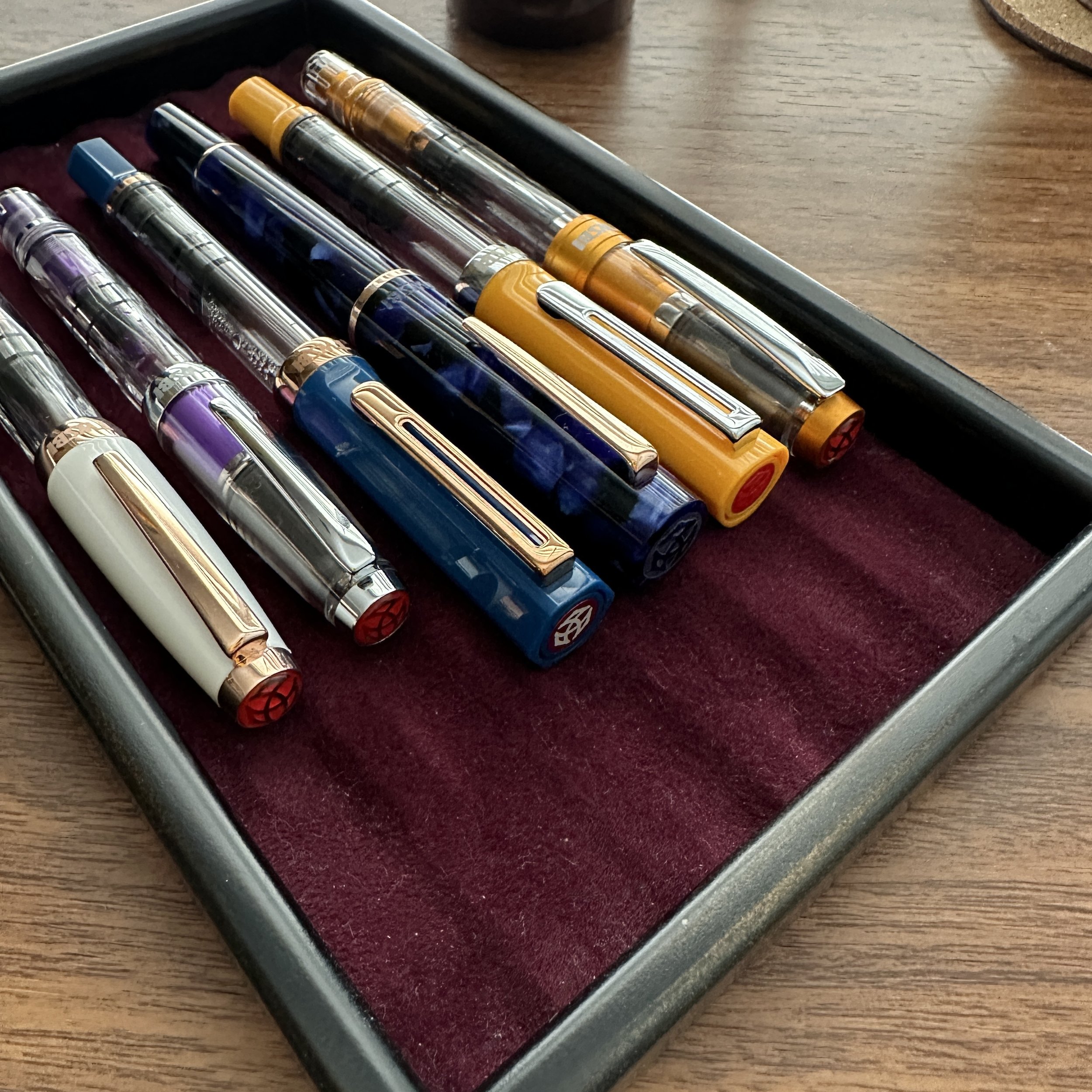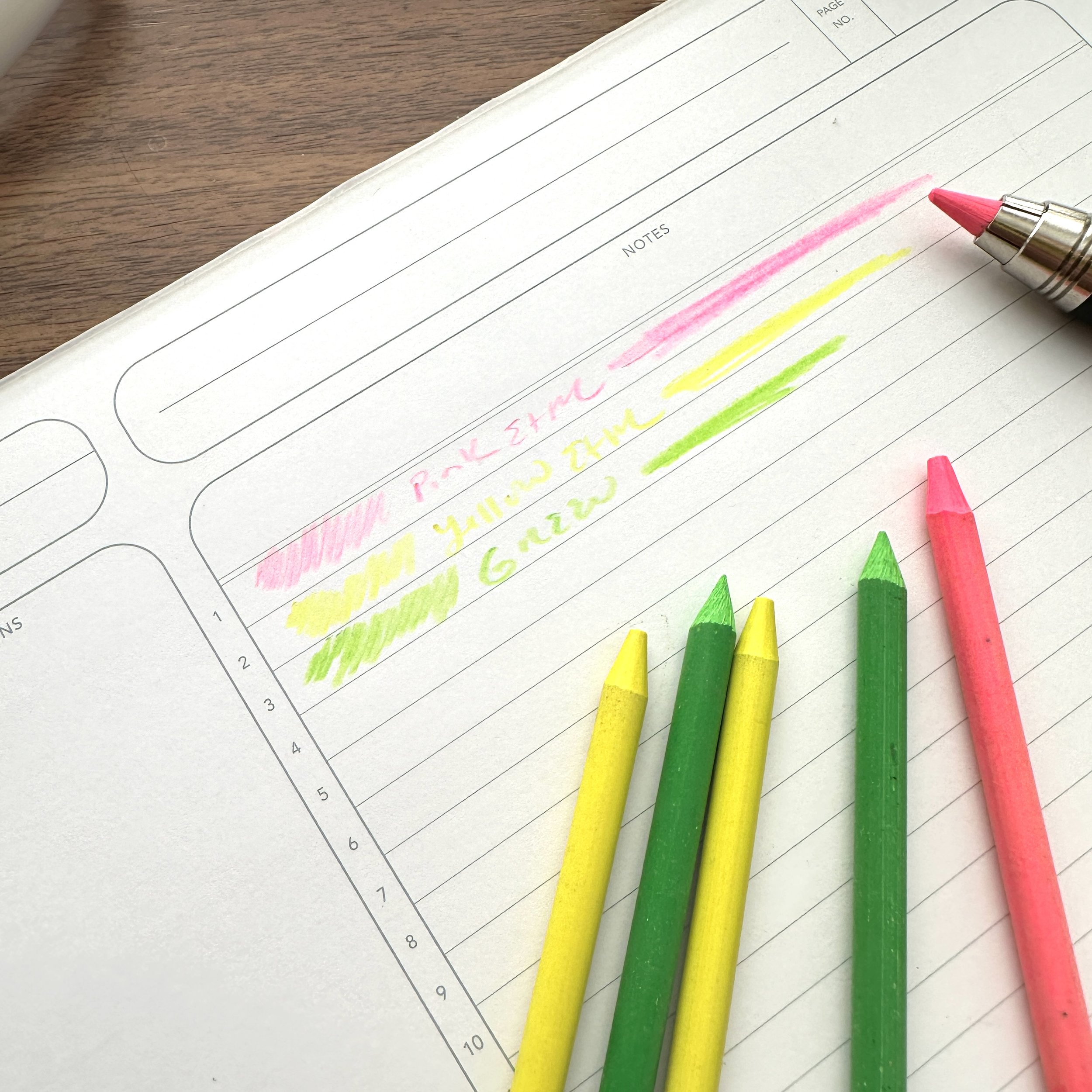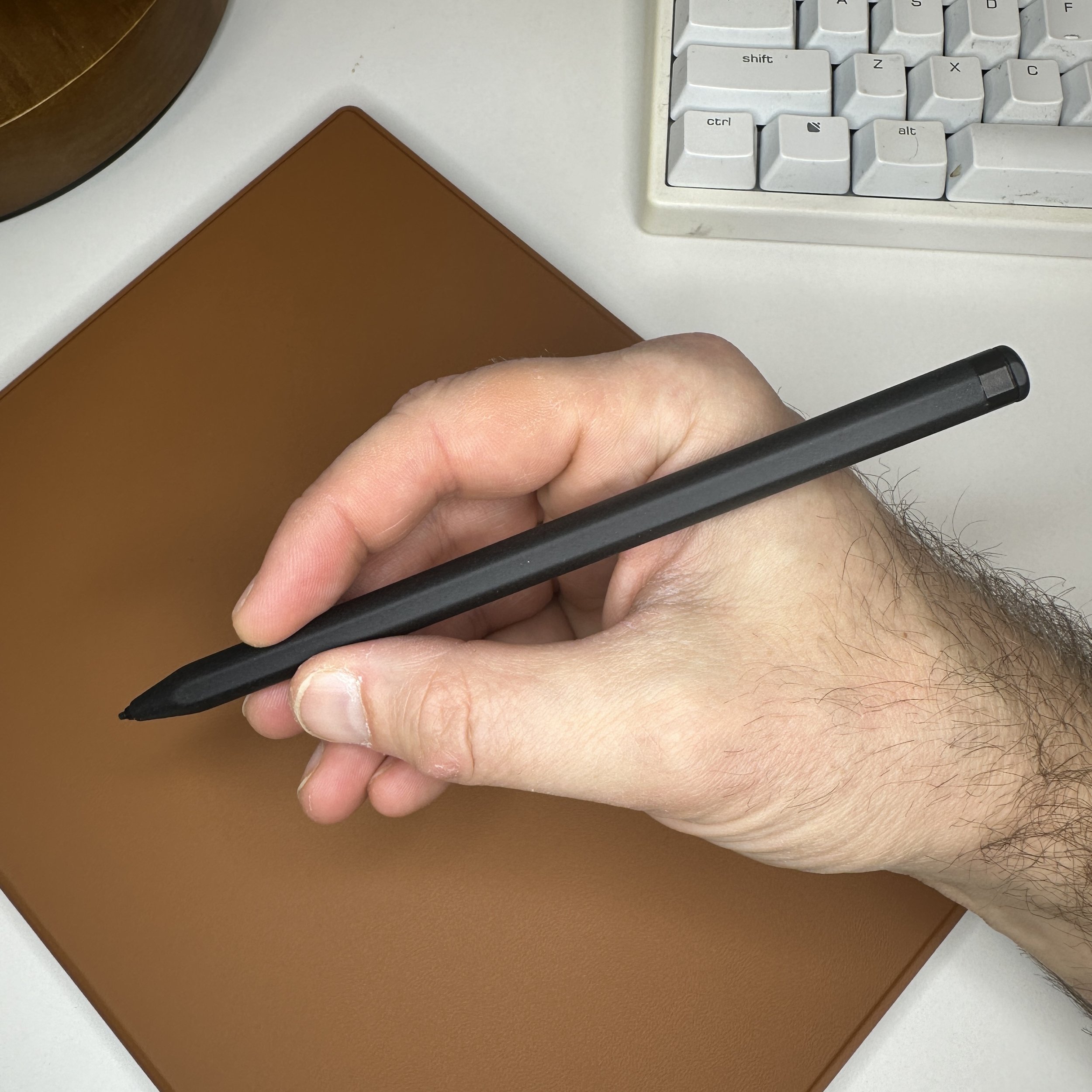The idea of a “workhorse pen” - a reliable, often unassuming daily driver that can offer years of reliable service - is one of the key ideas around which I’ve built both the site and our Curated Shop. As we’ve expanded our retail selection over the years, we continue to introduce new pens from brands both new and established that fall into this category, including a growing number of pens from Japanese company Pilot. Last week we received our initial shipment of select models of the Pilot Vanishing Point (Pilot’s classic retractable capless fountain pen), as well as the lower-priced ($25) Pilot Explorer fountain pen. We also stock additional Vanishing Point nib units, which are easily interchangeable.
As someone who was initially skeptical of the Explorer when it was first announced, I’ve come to love this lightweight, well-balanced fountain pen that also fits fairly well into planner and notebook loops, making it a good “planner pen”.
Pilot fountain pens feature some of the best-writing nibs out there, and while Pilot refuses to play the special and limited edition release game to the same extent as some other companies, what they do put out is highly reliable. I’m headed into a heavy month of two-job work that includes a lot of travel, and my personal carry for the new year includes not just a Vanishing Point and Explorer but also a Custom 74 and Custom 823.
Don’t sleep on the Custom 74 - it’s one of my favorite nibs.
In addition to our lineup of Pilot Pens, be sure to check out our selection of Pilot ink, including a refreshed Iroshizuku lineup. Many thanks for your support, and if you’re going to be attending the Philadelphia Pen Show this weekend, I’ll be visiting as well so look for me with our friends at Hinze Pens!
The Gentleman Stationer is an authorized retailer of all brands sold.




